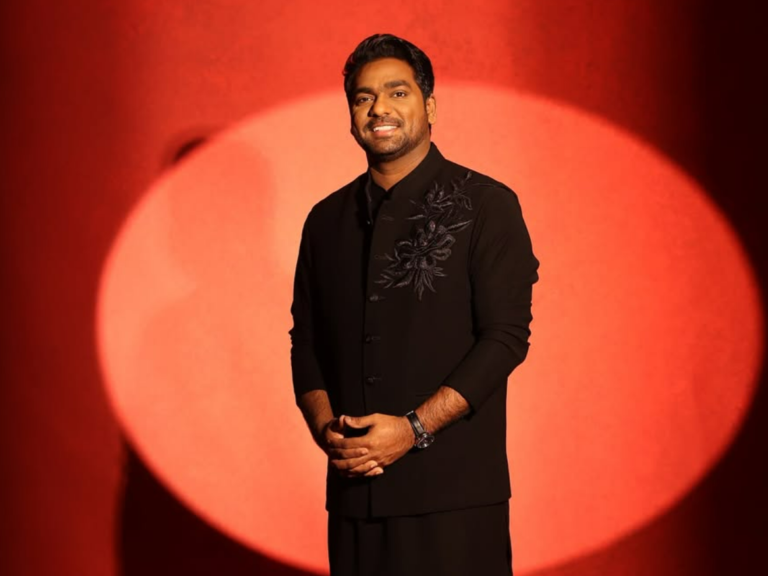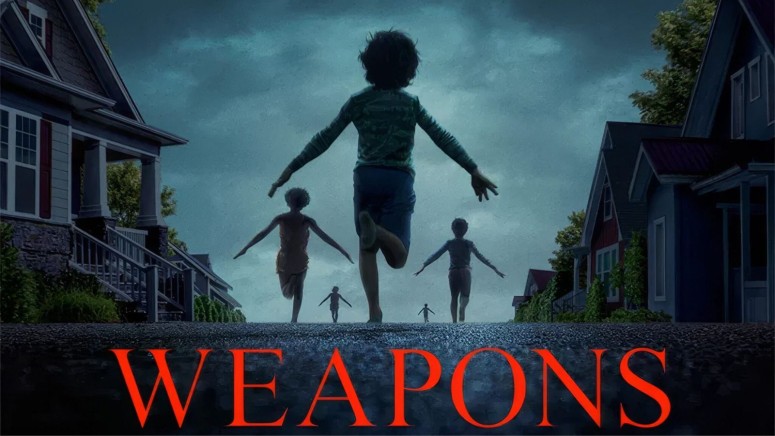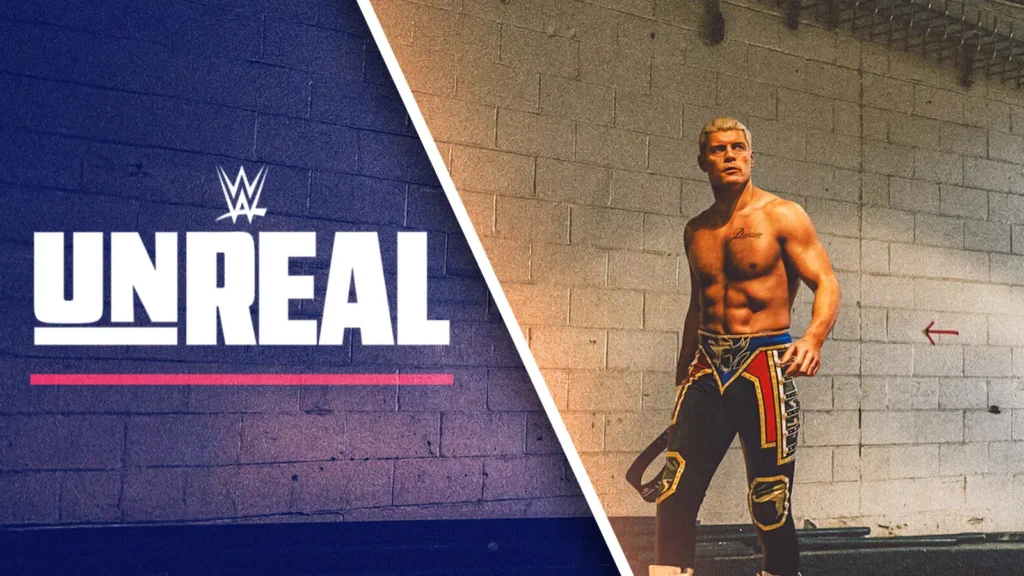
WWE: Unreal on Netflix gives fans a rare, honest look at how this global wrestling brand builds its stories. Released on July 29, the five‑episode series closely documents the journey from Monday Night Raw’s switch to Netflix through WrestleMania 41 in Las Vegas. Throughout the series, it follows creative meetings, backstage decisions, and emotional moments.
Moreover, it features Cody Rhodes, Rhea Ripley, CM Punk, Jey Uso, Bianca Belair, Chelsea Green, and John Cena, and primarily focuses on key decisions in the writers’ room. Narrated by Triple H (Paul Levesque), the show combines drama, data, and human insight. Significantly, this is WWE seen with new eyes.
Whether you’re a diehard WWE fan or a casual viewer, WWE: Unreal offers an engaging mix of drama, emotion, and strategy. It is about everything that happens before the lights go on.
What WWE: Unreal Covers?
Each of the five episodes in WWE: Unreal highlights a key part of WWE’s storytelling. To begin with, the first episode, New Era, follows the launch of Monday Night Raw on Netflix. Next, the second episode, Push, dives into the Royal Rumble build-up. It shows how tough it is to decide who gets the spotlight. Meanwhile, Worth the Wait focuses on the rise of women’s wrestling. Rhea Ripley, and Bianca Belair take the lead. The episode tracks their journey, and impact.
Episode four, Heel Turn, teases major twists. This one includes John Cena’s rare heel turn. It was an unexpected move that made headlines. The final episode, WrestleMania, captures the chaos before the biggest night of the year. Set in Las Vegas, it shows the nerves, pressure, and decisions made just hours before the event.
Each episode mixes showmanship with planning. Writers shape stories, and adjust on the fly. The series shows alternate drafts. It includes heated debates, and creative changes. Social media, and crowd reactions shape many last-minute calls. It goes beyond characters. The series shows how the team builds stories step by step, from the first idea to the final moment in the ring.
What makes it stand out is how each episode plays like a real WWE storyline. There are conflicts, emotion, last-minute shifts, and real consequences. Top-tier production, and sharp editing build tension in every scene. Each moment grabs attention, just like WWE’s weekly matches.
WWE’s Creative Process Shown Like Never Before
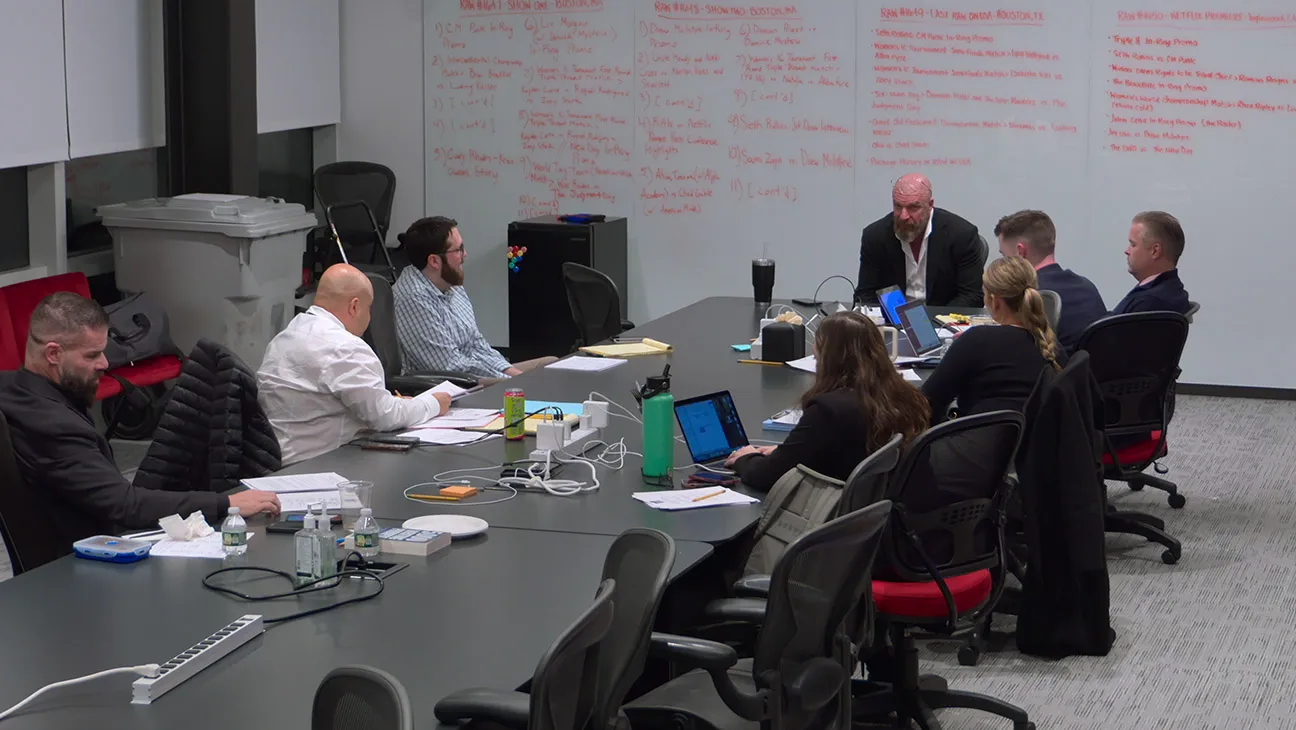
The creative team is the real hero of WWE: Unreal. From the start, the series shows how writers, and producers work together. They meet in high-pressure rooms filled with whiteboards. Moreover, they shape characters, conflicts, and turning points. Storylines are planned months ahead. Writers map out promos, rivalries, face-offs, and event outcomes. In addition, every choice is based on crowd reactions, online buzz, and merchandise sales. In many cases, producers, and Triple H debate the direction of each plot.
The Gorilla Position, placed backstage near the entrance ramp, acts as a live control room. Top producers sit here, and give real-time instructions. They make quick changes. They guide the show’s flow. Referees wear earpieces, and quietly relay these directions to wrestlers during matches.
One major subplot shows how John Cena’s heel turn was crafted. Writers discussed breaking his long-standing “baby face” image. The plan stayed secret from most of production to preserve the surprise. Cena had to weigh loyalty, legacy, and fan expectations. He agreed only after careful discussion. Though brief, that segment highlights risk planning, and creative tension. It illustrates how major moves get plotted, and executed.
Overall, every story beat feels tactical. Every promo, and match result is part of a narrative puzzle. This docu-series shows WWE as a storytelling factory. It is powered by emotion, data, and strategy.
Emotions, and Real Conflict
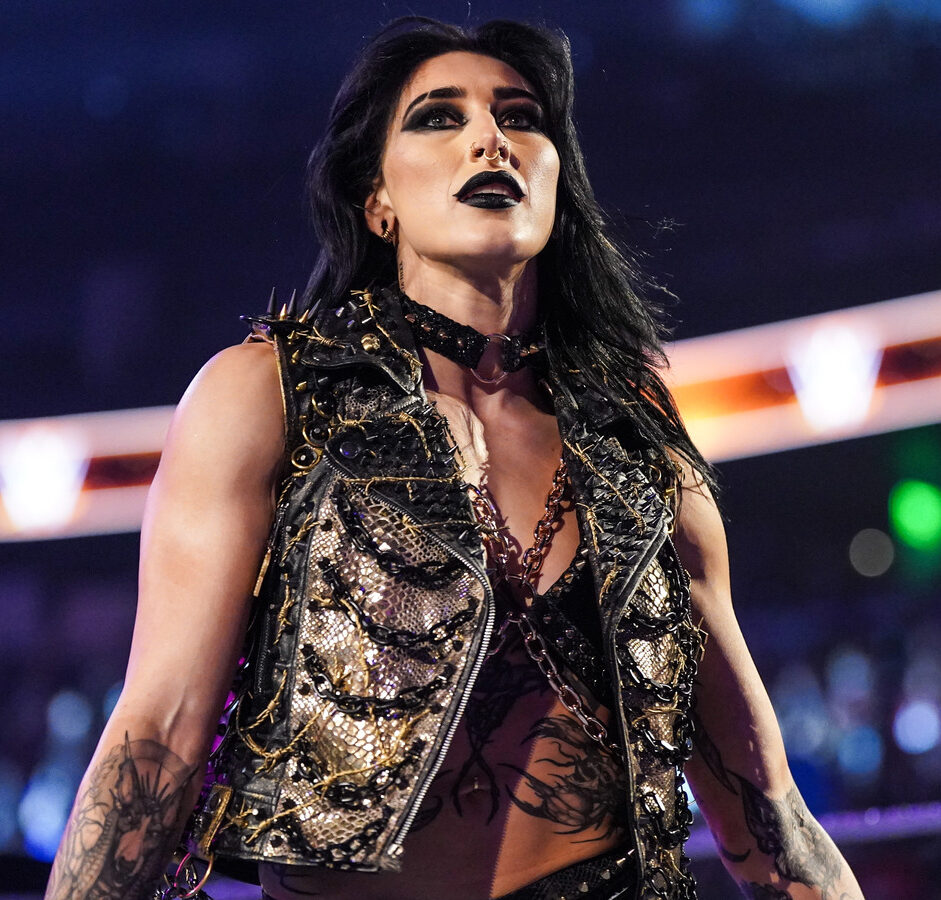
One of the most powerful parts of WWE: Unreal is the emotional honesty of the performers. Rhea Ripley, for example, opens up about the pressure of being a champion. She shares that even after years in the ring, she still feels nervous before every match.
Bianca Belair shows her intensity during promo rehearsals. In one scene, she slaps her opponent for real during a practice shoot. It wasn’t planned, but it made the segment feel raw, and believable.
CM Punk talks about his return to WWE, and the challenge of adjusting to a new creative system. Jey Uso tears up after his WrestleMania moment, showing how deeply these performances matter to the people behind them.
The show also captures real conflict. A backstage argument between Tiffany Stratton, and Charlotte Flair causes tension. However, Triple H steps in, and reminds them to keep storylines professional. These moments highlight that behind the characters, real people exist with emotions, and opinions.
It reveals the pressure, and vulnerability behind the spectacle. The outcomes might be scripted, but the emotion hits hard. WWE’s world runs on illusion, yet its impact feels deeply real.
Mixed Reactions, but Strong Impact
WWE: Unreal has sparked intense debate across the fanbase. While some fans believe that revealing the creative process takes away the magic, and miss the mystery, others view it as a bold evolution. They appreciate the transparency. They recognize the hard work that goes into crafting every match. Meanwhile, most critics have responded positively. They often compare the series to Drive to Survive, and suggest it could attract new audiences to professional wrestling.
Notably, the series is produced in collaboration with Skydance Sports, Omaha Productions, and NFL Films. It also aligns with WWE’s larger strategy to expand its presence through streaming, and documentary content. With a second season already rumored, WWE: Unreal may mark the beginning of a powerful new storytelling chapter for the company.
Why the WWE Documentary Series Is a Landmark Moment for Wrestling?
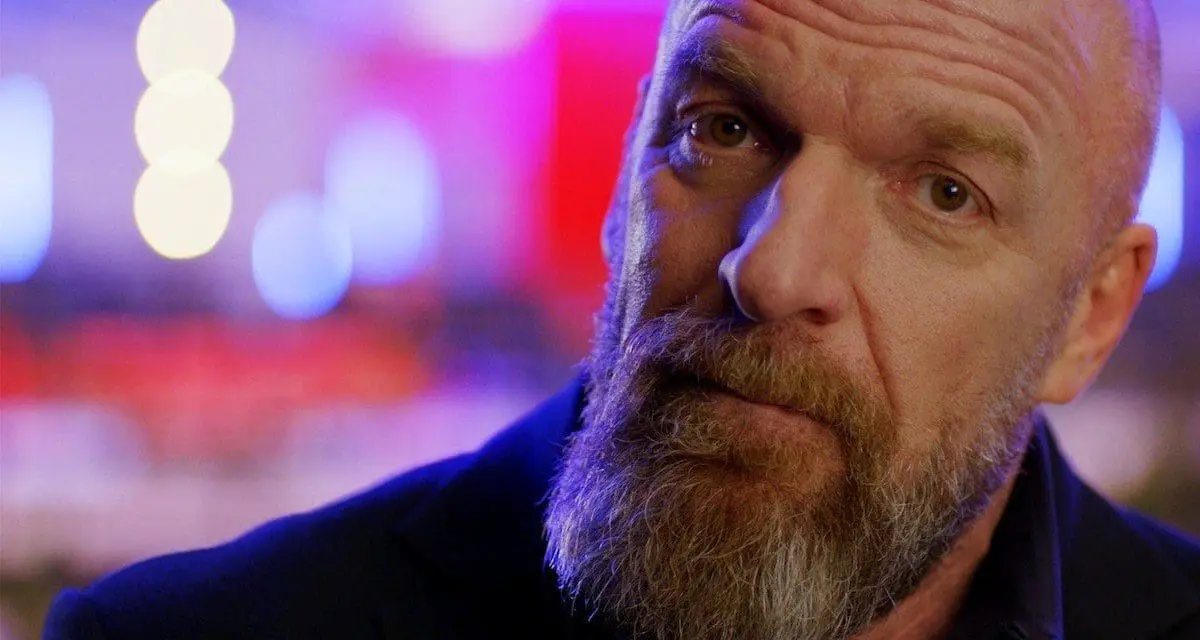
The new WWE documentary series on Netflix stands out not just for its storytelling, but for how deeply it pulls back the curtain on professional wrestling. For years, fans saw WWE as pure action, and spectacle. But this series pulls back the curtain to reveal the people, planning, and raw emotion that drive it all. It showcases production meetings, and creative discussions. It also shows the intense physical, and mental preparation by wrestlers. The series highlights wrestling as more than just a sport or a show.
By sharing these unseen layers, the series may shift public perception. Viewers who once thought of wrestling as “just acting” might now recognize the real skill, emotion, and storytelling it involves.
In that sense, the series is a hallmark moment for WWE. It offers fans, critics, and newcomers a reason to see wrestling not as fake, but as carefully crafted, high-impact performance art.
A New Perspective on the WWE Ring
WWE: Unreal pulls back the curtain on wrestling’s carefully crafted world. It shows how emotion, timing, and strategy come together to shape every match, and moment. Behind the curtains are real people navigating pressure, passion, and personal stakes. From debated storylines like John Cena’s potential heel turn to quiet moments of vulnerability, the series reveals the unseen weight carried by every performer.
Wrestling may be scripted, but the dedication, psychology, and emotion behind it are anything but fake. It challenges the long-standing divide between what’s real, and what’s entertainment, reminding us that sometimes, the most powerful truths are told in the loudest performances.
Next time you call it fake, ask yourself – How real does something have to be to make you feel this much?
For more such insightful updates, stay tuned with The World Times.


